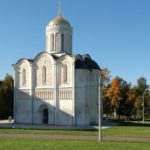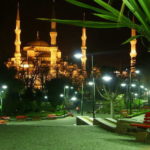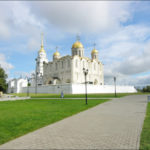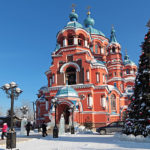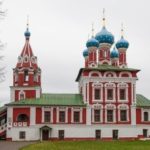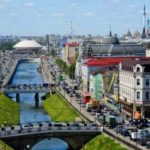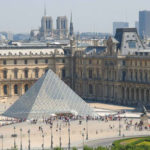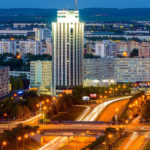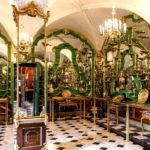16 interesting facts about Kazan Cathedral
 Kazan Cathedral, shining with its splendor, is one of the most visited places of St. Petersburg by tourists. Its unique architecture sets it apart from other famous temples of the world, and live this magnificent building impresses even more than in photographs. In addition, Kazan Cathedral serves as a place of pilgrimage for many believers who come here from all over Russia.
Kazan Cathedral, shining with its splendor, is one of the most visited places of St. Petersburg by tourists. Its unique architecture sets it apart from other famous temples of the world, and live this magnificent building impresses even more than in photographs. In addition, Kazan Cathedral serves as a place of pilgrimage for many believers who come here from all over Russia.
In the last century, it has long been the site of the museum of atheism and the history of religions. As such, it was opened in the 30s of the XX century, but later it was still returned to its original purpose.
In 1876, it was in front of the Kazan Cathedral that the first political demonstration of workers in the Russian Empire took place.
Kazan Cathedral was completely erected from domestic materials, and without involving foreign specialists in the construction.
The diameter of the dome of the cathedral reaches 17 meters.
At the end of the 19th century, Kazan Cathedral was one of the largest temples in Russia. However, to call him small and now no one will turn his tongue.
The inner surfaces of the Kazan Cathedral are painted in the style of Renaissance masters. Many famous artists worked on them, for example, Karl Bryullov.
In height, it is comparable to a house of 25 floors. The distance from the foundation to the top is 71.5 m.
In honor of this cathedral in St. Petersburg were named Kazan Street, Kazan Bridge and Kazan Island.
25 years after the defeat of Napoleon’s troops in World War II, monuments to Barclay de Tolly and Kutuzov were erected in front of the Kazan Cathedral.
On the edges of the colonnade of the Kazan Cathedral are stone pedestals, which seem to be empty. So it is – initially they planned to install sculptures on them, but later the architects changed their minds.
There are exactly 150 columns in the cathedral, 54 outside and 96 inside.
The famous commander Kutuzov with all the honors was buried here.
Kazan Cathedral was the first building in which, when creating domes, the innovative metal structures at that time were used.
The construction of the cathedral lasted about ten years.
Outwardly, Kazan Cathedral resembles the famous St. Peter’s Cathedral in Rome. This similarity is not accidental – it was given to the building at the personal request of Emperor Paul I.
The architect responsible for the construction of the Kazan Cathedral came from a kind of serfs.




